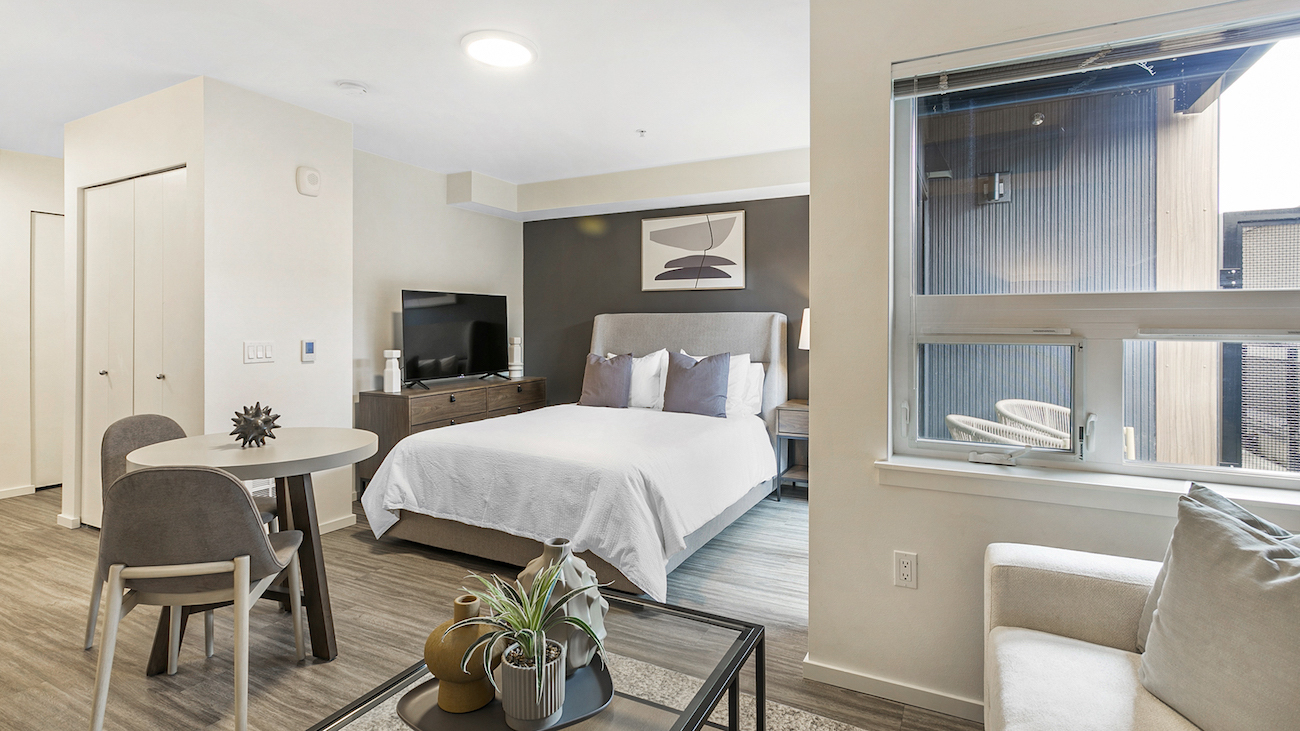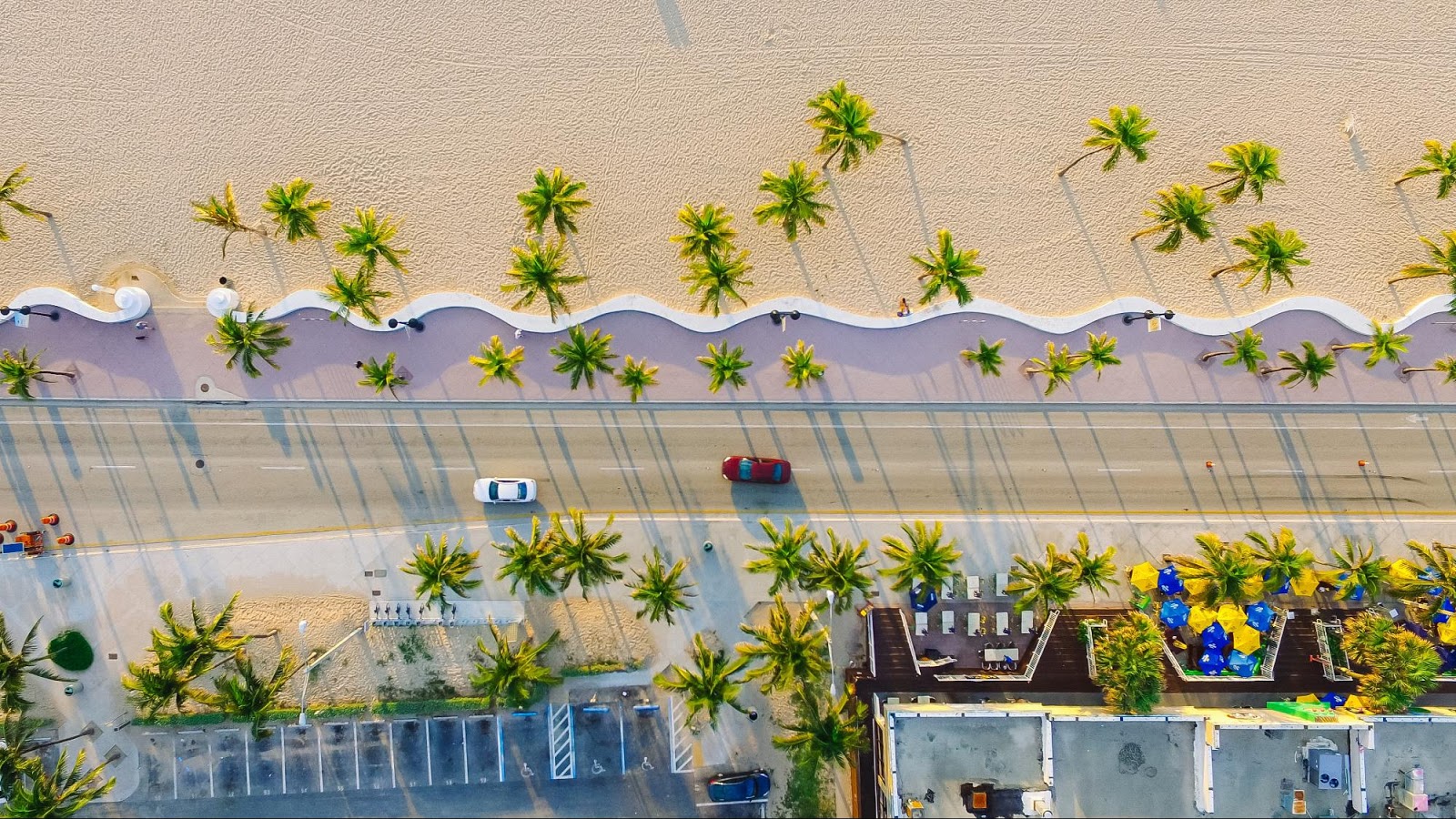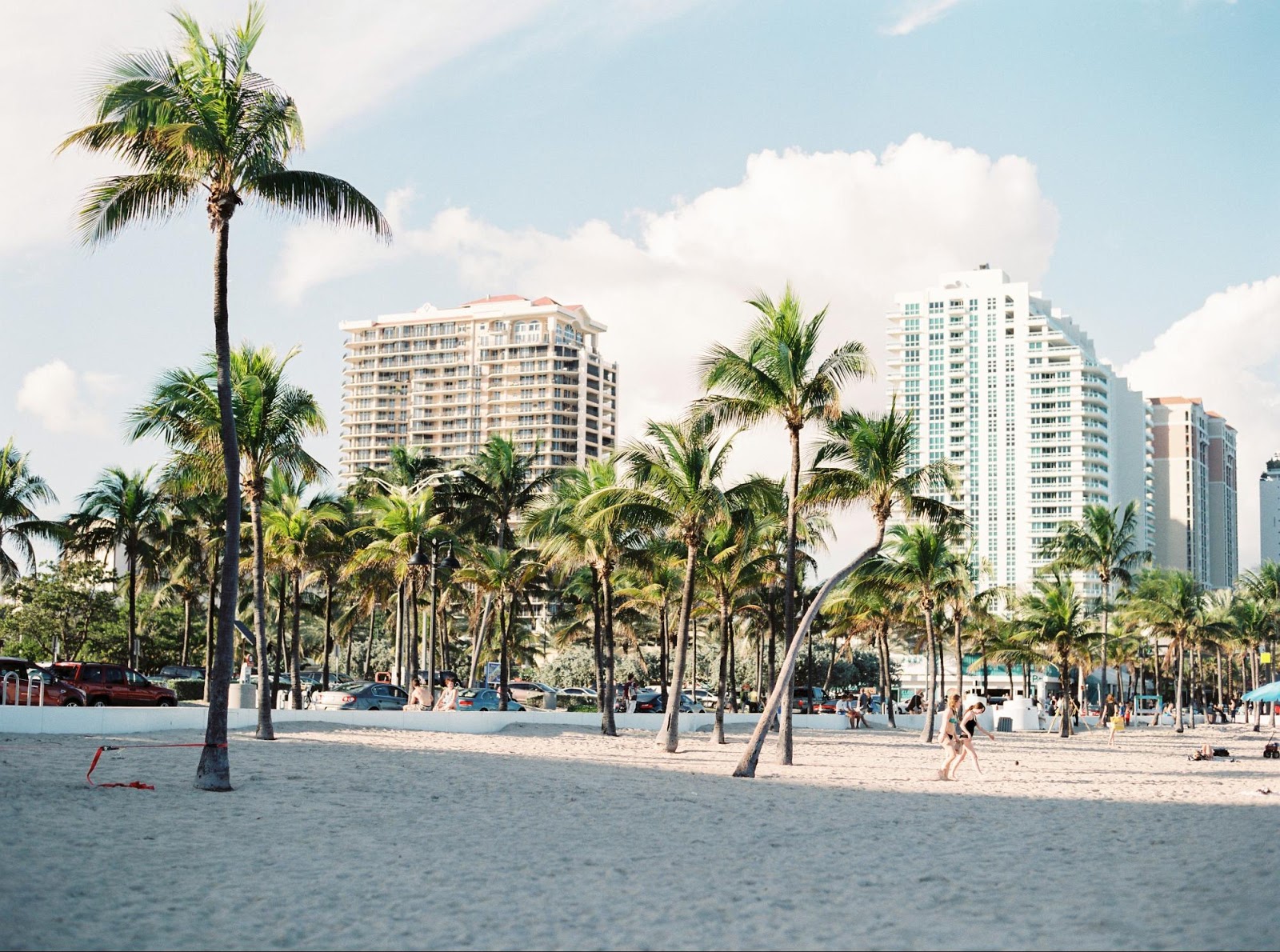
What Is a Month-to-Month Lease?

Whether you love to travel, are between jobs, or simply aren’t sure where you want to live in the coming months, there are many situations when traditional 12-month apartment rentals are too restricting. With a year-long lease agreement, you’re locked into the same location and rent payments for a substantial period of time, and if you need to break your lease early, there are generally hefty fees involved.
If you’re looking for a more flexible living arrangement, renting month-to-month might be the perfect fit for your needs. The following is everything you need to know about month-to-month leases, the benefits of this type of rental agreement, and how to find this type of lease in your city or town:
What is a month-to-month lease?
A month-to-month lease is a rental agreement without a set end date. With a classic 12-month lease, renters commit to living in an apartment for a full year (or sometimes more), but with a month-to-month agreement, there’s no set rental period—it can be as long or as short as you need, and your lease will renew each month until you provide a 30-day notice that you want to terminate the contract. This allows you to stay in the rental for as little as a few months or as long as several years, and you have the power to terminate your lease at the best time for your situation.
While they do have some similarities to short-term rentals, month-to-month leases aren’t the same as sublets or rentals you’d find on vacation rental sites. Before signing a month-to-month lease, a potential renter typically has to go through the landlord’s same vetting process as you would with a classic apartment rental, and the lease will automatically renew monthly until you terminate it.
How does a month-to-month lease work?
The process of applying for a month-to-month lease will vary depending on the landlord or company that you’re renting from, but generally speaking, you’ll apply for your rental agreement the same way you would with a standard lease. You’ll typically need to fill out an application, provide proof of income, and agree to a credit and/or background check. Once your application is approved by your landlord, you’ll set a move-in date and typically pay your first month’s rent. Depending on state laws, some landlords may require a security deposit for a month-to-month lease.
Once you’ve moved into your new home, the experience will be similar to any other rental. You’ll pay rent and utilities monthly—some rentals, like the ones through Landing, may have utilities bundled into your rent payment—but the key difference is that if you decide you want to move out, you simply have to give notice to your landlord. The terms of the lease will stipulate how much notice is needed, but most landlords consider a 30-day notice to be standard for this type of agreement. As long as you tell your landlord that you plan to move out in advance, there are no fees to terminate your lease agreement, even if you’ve only been living there a few months.
Is a month-to-month lease right for you?
As you can probably imagine, there are several benefits of a month-to-month lease agreement. The main perk of this type of rental agreement is that your lease term is flexible—if you get a new job or decide you don’t like the neighborhood, you can simply terminate your tenancy and move to a new home. The following are several situations when renting on a month-to-month basis is an ideal choice:
- You’re planning to switch jobs: If your current lease is ending and you’re in the process of switching jobs, you may not want to commit to a yearlong rental agreement. With a month-to-month lease, you won’t have to worry about early termination fees from your landlord if your new career requires relocation.
- You need to visit family: If you need to provide care for an aging or sick relative, a flexible term lease will allow you to have your own space, and you can stay for as long as needed—even if you don’t know how long that might be.
- You want to travel: If you have a remote job that can be done from anywhere, you may want to travel around and experience different cities. Month-to-month lease agreements allow you to stay for as long as you’d like before moving onto a new location.
- Your home is under construction: Short-term leases are beneficial if you’re waiting for work to be done on your existing home but aren’t sure how long the construction will take.
- You have a temporary job: If you’re a traveling nurse or have another temporary position, a monthly lease gives you the flexibility to move out as soon as your job ends.
How to find a month-to-month rental agreement
Most property owners and landlords prefer fixed-term leases, which provide consistent tenancy for each dwelling unit. After your long-term lease ends, you can ask your landlord whether they’ll consider a month-to-month rental lease—obviously, this works best if you have a good relationship with your landlord and have been a reliable renter.
It can be trickier to find a month-to-month lease if you’re a new renter. In these instances, you might want to consider going through a company like Landing, which has furnished apartments in cities across the U.S. The rentals all operate on month-to-month leases, and with a Landing membership, there are no application fees or security deposits required. Every apartment is outfitted with stylish furnishings, so you don’t have to worry about toting furniture across the country, and you only need to provide two weeks’ notice before transferring to another rental. If you’re interested in a month-to-month lease, learn more about what a Landing membership can do for you!









